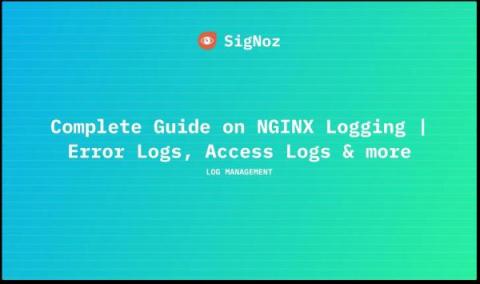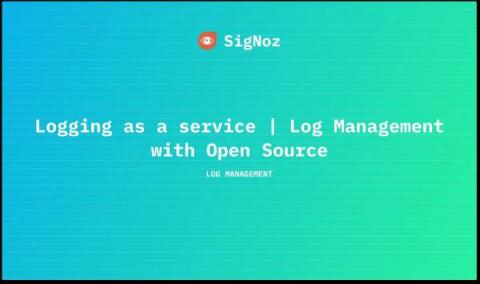Operations | Monitoring | ITSM | DevOps | Cloud
APM
The latest News and Information on Application Performance Monitoring and related technologies.
Is An APM Solution Worth The Investment?
Application performance monitoring (APM) solutions are a crucial tool for modern software companies in 2023. They offer invaluable insights into application performance, including response times, error rates, and more. But are they worth the investment? In this article, we'll dive deep into the economics of application monitoring, including the costs, benefits, and potential ROI.
ManageEngine named a 2022 Gartner Peer Insights Customers' Choice for Application Performance Monitoring and Observability
We are thrilled to announce that ManageEngine has been recognized as a Customers’ Choice in the 2022 Gartner Peer Insights ‘Voice of the Customer’: Application Performance Monitoring and Observability report for the fourth time in a row. “We believe this recognition is a testament to our customer-first mentality. For us, appreciation from our customers is one of the greatest compliments we can receive.
Python Syslog | Configuring Syslog in Python using syslog and logging module
APM Tool Consolidation and Making the Right Choice for Your Business
A business without an application performance monitoring tool runs the risk of losing customers fast. At the core of ensuring the best possible application for their customers is the use of performance tools. The metrics that monitoring tools provide will give an insight into how the web application will behave. With the use of APM tools, DevOps teams know when an issue arises and how to fix it. They also find out what risks are there so they can tackle them before it wreaks havoc in their systems.











